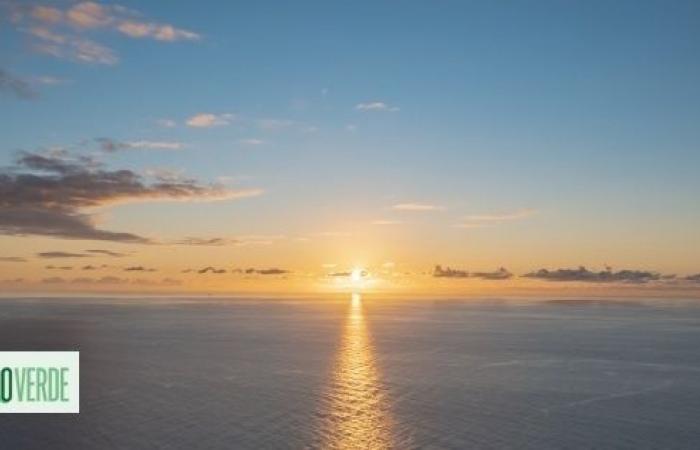I had my first contact with ocean-atmosphere interaction at the Naval Academy, in the eighties. Only later, with the creation of the Portuguese Institute of the Sea and Atmosphere and the 2013–2020 National Strategy for the Sea, did I feel that the topic, increasingly present in society, had entered public policy.
Today, quotas for greenhouse gas (GHG) emissions are negotiated internationally, certificates are bought and sold on carbon markets, and projects are developed that contribute to their sequestration and neutrality. We orient ourselves towards energy transition models aware of the threat that arises from not doing so. However, we still see gaps in the strategic plans for monitoring the sea and the surrounding air.
When addressing the capacity to remove carbon dioxide from the atmosphere, we have focused the analysis on continents, limiting knowledge to quantifying the capacity of forests and other green areas. We neglect the capacity of the coastal belts where macroalgae and seagrasses develop, and of the phytoplankton of our Exclusive Economic Zone (EEZ). We describe the existing resources in the enormous oceanic area of Portugal as “high potential”, without being able to quantify it. Without this, words will be of little use!
I consider the hypothesis that the Portuguese sea will have a high capacity to remove carbon dioxide from the atmosphere to be acceptable. The contribution of biodiversity to our coasts and EEZ will be much greater than that existing on land. The carbon removed will be partially sequestered naturally and may be the subject of complementary projects for this purpose.
This hypothesis, if verified, will make the role that the Portuguese sea can play in this area particularly relevant. It is important to protect this asset, not only for its natural function, but also for its relevance in GHG emissions quota negotiations and carbon markets.
Let us mobilize to map, monitor, model and estimate this capacity and promote the valorization of this resource, which makes it possible to remove carbon from the atmosphere, whether in the wild, or with natural engineering solutions, or other technologically appropriate ones. Let’s start by establishing a monitoring network to produce long-term observations, facilitating understanding of the carbon cycle and providing information on GHGs, from the atmosphere to the seabed. Today, this network is practically non-existent.
Such a network is essential to bring the values of this capacity to credible limits. One might think that the sea of a small country like Portugal would not be a relevant asset in this field. However, by adding to the coast of the continent and islands an EEZ eighteen times larger than our terrestrial territory, we are encouraged to multiply this capacity.
Even though only a small area of the EEZ can, in fact, make a greater contribution, it is also true that the carbon absorption capacity of some species of macroalgae and sea grasses is greater, in the order of dozens of times, than that of species terrestrial. In other words, the focus must be on a more extensive rather than intensive capacity and on an ambition that, even if moderate, is reliable, sustainable and advantageous.
Moving towards the Blue Carbon market requires increased concern from its actors. If the reality on land presents weaknesses that are easier to identify, at sea only an approach based on the best knowledge arising from monitoring systems will make it possible to successfully complete a credible characterization of the existing potential.
This is the only reliable option for a market that awakens us to the question of whether there could be more unknown wealth in the sea. Everything will depend on the quantity and value attributed to marine resources at each moment. But you have to know them!
Tags: Blue Carbon opportunity Portugal
--





